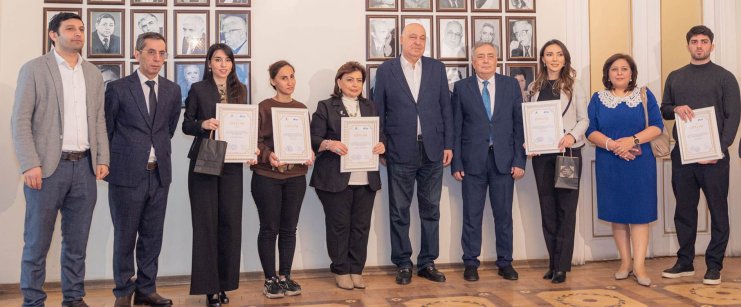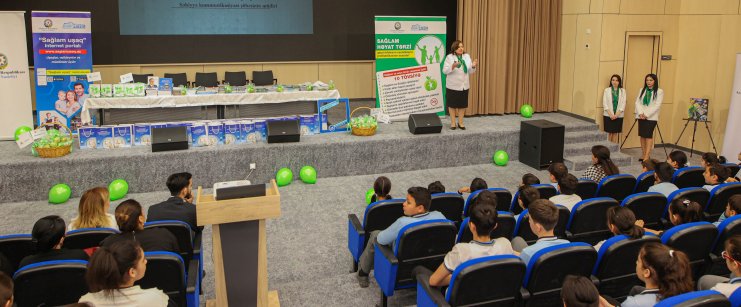Research on air pollution of Baku city with PM 2.5 particles and the possibility of reducing the number of deaths among the population over 30 years old by bringing the pollution to the acceptable level specified in the WHO European Bureau Air Quality Guidelines
In the modern world, traffic is the most important cause of air pollution in urban areas. The main two substances that pollute the air and adversely affect people's health are particulate matter with a diameter of less than 10 microns (PM10) and carbon monoxide. Among PM10 particles, there are particulate matter less than 2.5 microns (PM2.5), consisting of dust, ash, soot, as well as sulfite and nitrates, suspended in the air and capable of penetrating the lungs and even brain tissue.
The PM 2.5 particles also vary greatly, with relatively large particles about 30 times smaller than the cross section of a human hair, and a few thousand tiny ones fit into the dot at the end of this sentence. Exposure to PM 2.5 particles occurs when they enter the human respiratory tract and reach the lungs, causing short-term effects such as eye, nose, throat and lung irritation, coughing, sneezing, runny nose and shortness of breath. People with breathing and heart problems, children and the elderly are particularly susceptible to the negative effects of PM2.5 particles. Among the substances emitted into the air, the largest share is carbon dioxide, which plays a key role in global climate change.
The purpose of this study was to calculate the average level of PM 2.5 particles in the air of the city of Baku during 2020 and determine the level of reduction in mortality among the population over the age of 30 if the density of PM 2.5 particles is brought to an acceptable level (10 µg/m3), specified in the WHO European Bureau Air Quality Guidelines.
The average daily density of PM10 particles in the air of Baku city was obtained for 240 days in January-September 2020. The minimum daily average was 13.80 μg/m3 on June 6, and the maximum was 267.20 μg/m3 on July 9. The average for nine months was 57.28 μg/m3
The target level of concentration of PM2.5 particles in the air is set at 10 μg/m3 as specified in the Air Quality Guidance published by the WHO European Bureau.
As a result of the most conservative estimate, we could say, in fact, that by reducing the concentration of PM2.5 in the air from the current level of 37.23 µg/m3 to 10 µg/m3, total of 2,371 deaths among the population aged 30 years and older in Baku can be avoided annually, in which case a 10.13 percent reduction in mortality in this population could be achieved. Of course, due to the established probabilities mentioned above, the results of the study may differ to some extent from the real situation, but the aim of the study was to determine and correctly report the extent of this problem at the public health level.
PROJECT COORDINATOR: Samir Mehdiyev
CONTACTS: [email protected]









